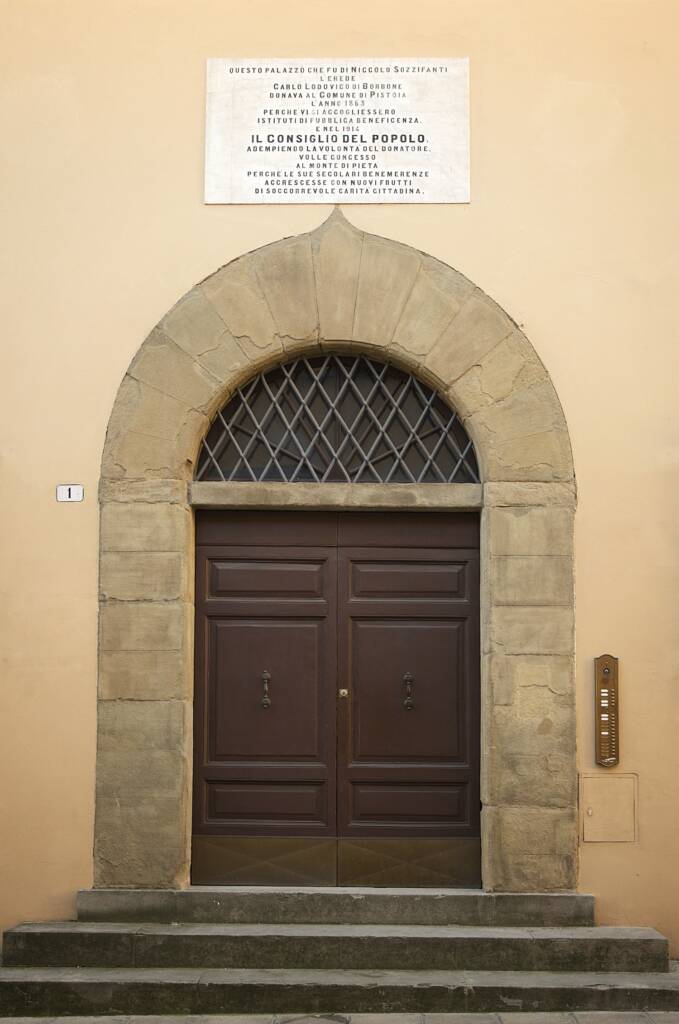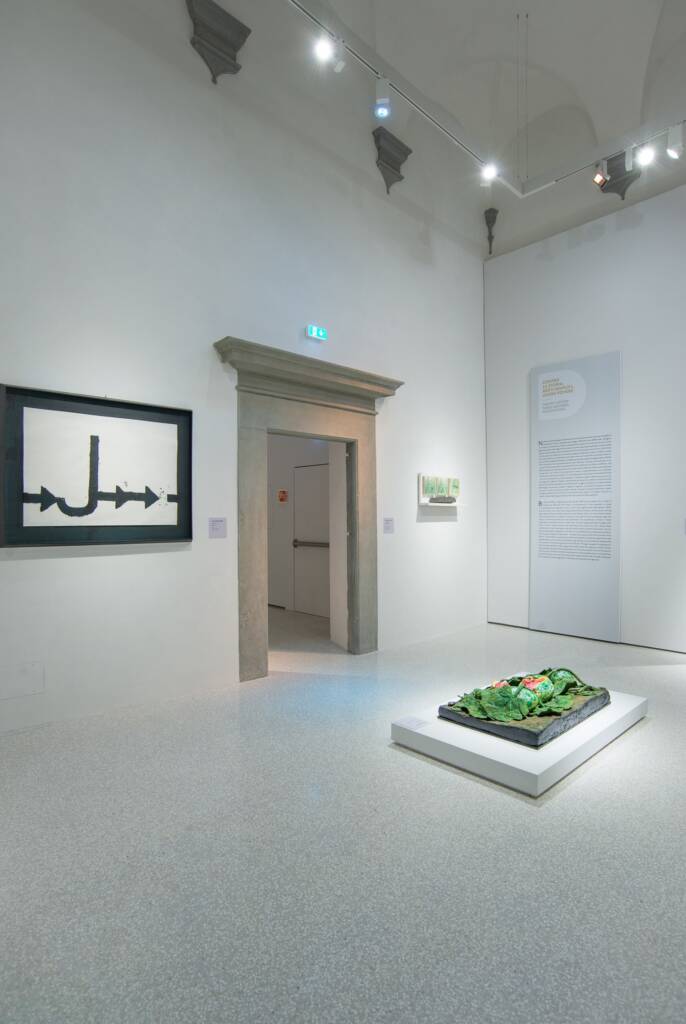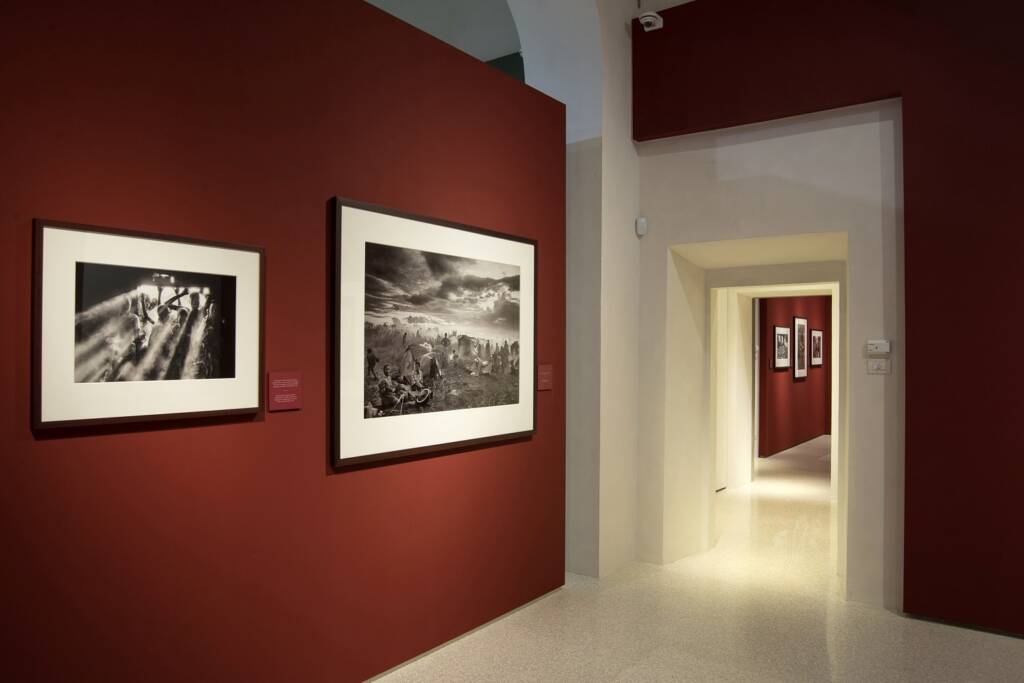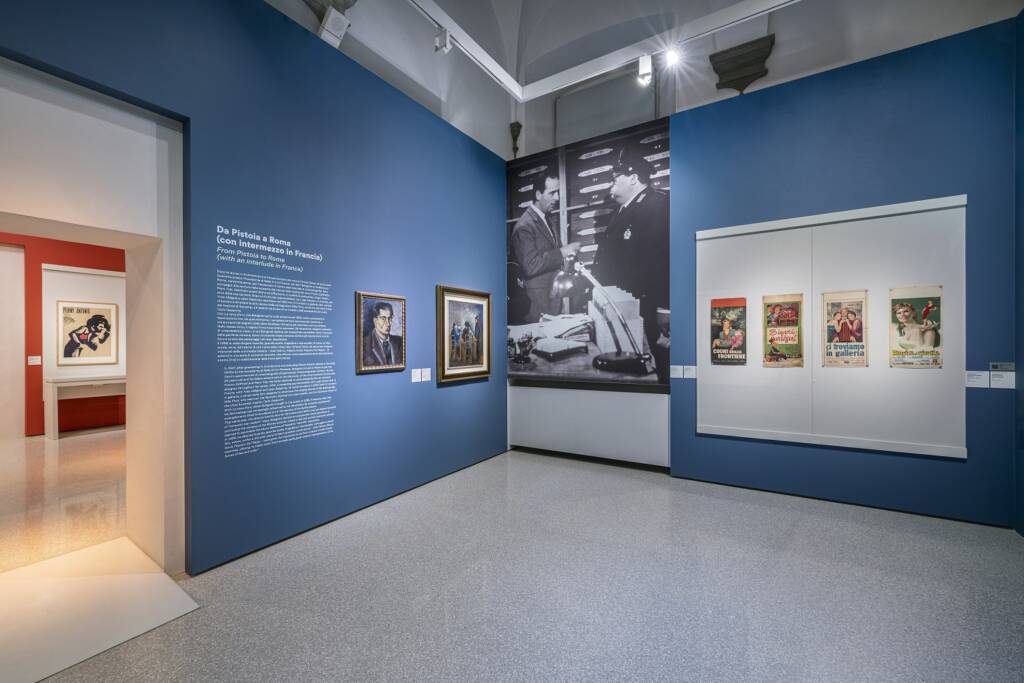Palazzo Buontalenti
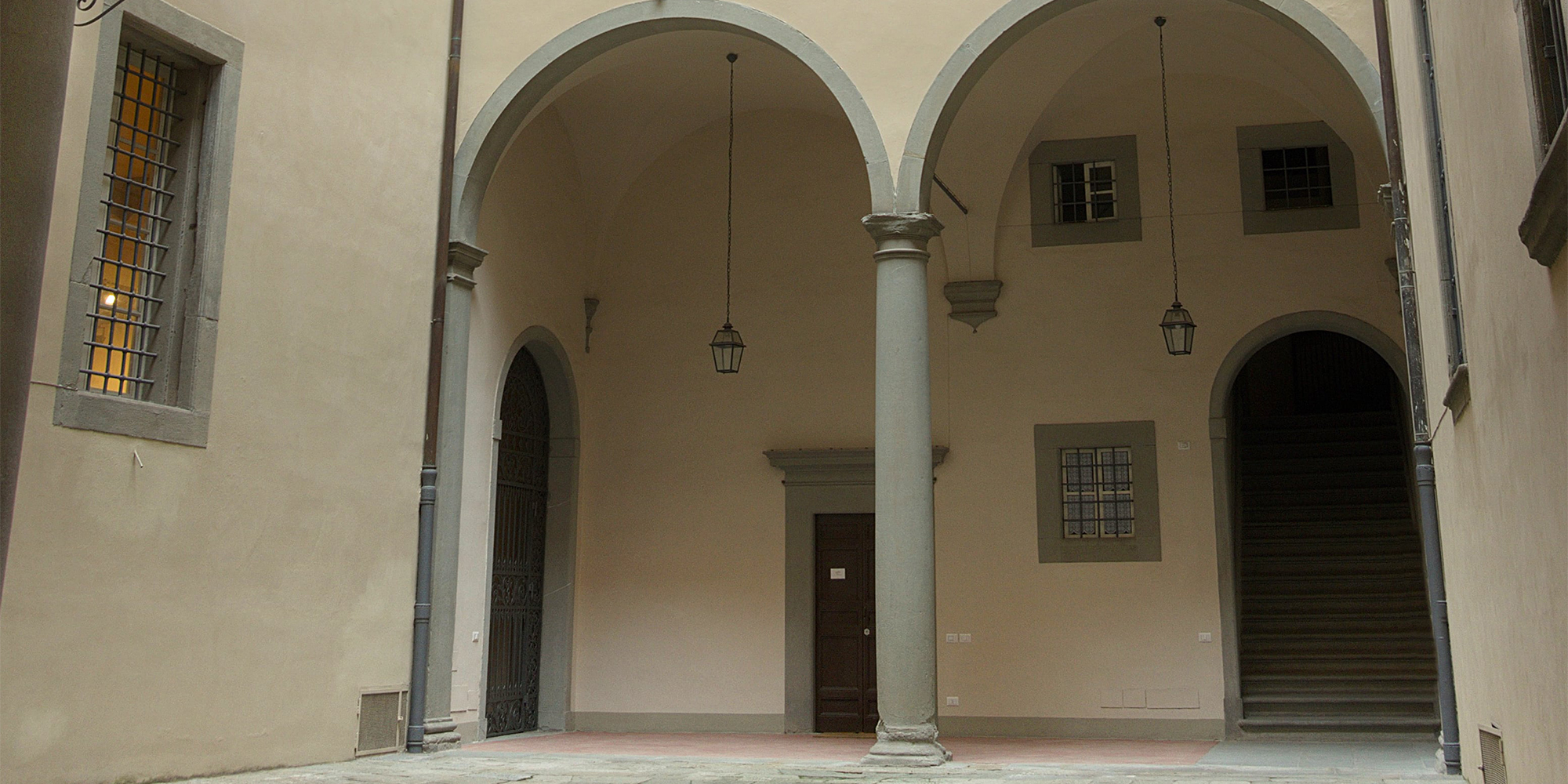
Palazzo Buontalenti (formerly Palazzo Sozzifanti), a fascinating example of late 16th-century Florentine architecture, occupies an important urban location on the edge of the first circle of the city walls, in front of Palazzo de’ Rossi. It is imposing in terms of size, but in fact is barely visible due to the proximity of the surrounding buildings and because it faces onto streets that do not allow it to be seen in perspective. The way the windows and doors are arranged is very distinctive, in that they are not aligned with the reference facade.
Inside there is a courtyard, characterised by two sets of arcaded galleries with a double order of columns with decreasing diameters: this architectural expedient strikingly heightens the impression of the building soaring upwards.
